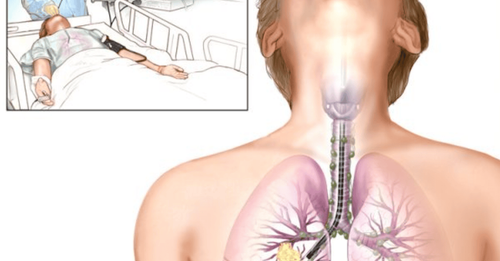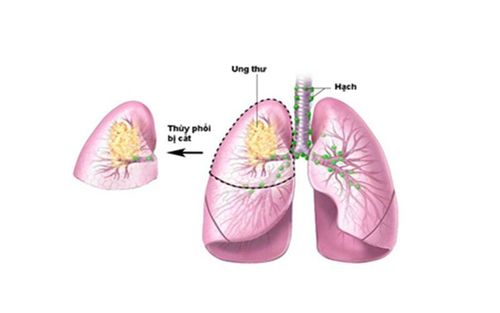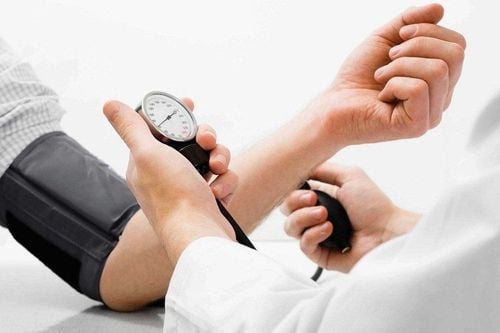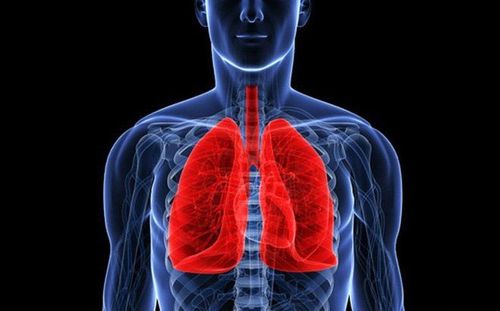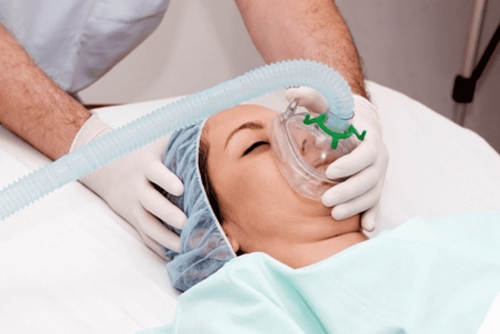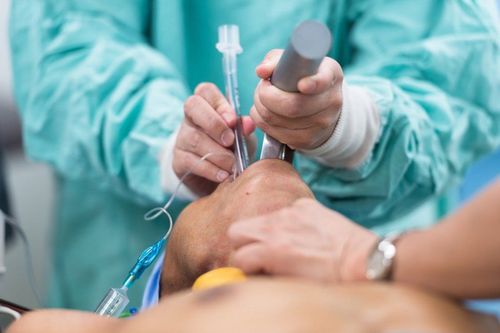This is an automatically translated article.
Rigid bronchoscopy is a method of examining the inside of the tracheobronchial tree with a metal endoscope. Hard tube bronchoscopy is indicated in cases such as airway foreign body, hemoptysis, purulent bronchitis,...
1. Purpose of rigid tube bronchoscopy
Rigid bronchoscopy for diagnostic and procedural purposes. However, now the flexible endoscope has been replaced by the rigid endoscope in diagnosis. Therefore, rigid endoscopes are mostly used for therapeutic interventions such as: foreign body removal, tumor removal, stenting, hemostasis,...
2. Indications for rigid bronchoscopy
Rigid bronchoscopy is indicated in the following cases:
Foreign body in the airways Coughing up blood Scars of tracheal stenosis after intubation Bronchiectasis Bronchiectasis, vocal cord polyps Bronchial fungus Congenital biopsy Tumor in the larynx to diagnose Purulent bronchitis Tumor of bronchi, trachea Difficulty breathing after surgery.

Bệnh nhân ho ra máu được chỉ định nội soi phế quản ống cứng
3. Contraindications for rigid tube bronchoscopy
Contraindications for rigid bronchoscopy in the following cases:
Severe heart failure Severe acute respiratory failure Uncontrollable bronchial asthma Severe pulmonary hypertension Progressive pulmonary tuberculosis Aortic arch dilatation Tumor in the larynx covering the larynx, causing difficulty breathing in the larynx grade II or higher Aortic dissection Hemostasis disorders such as: cirrhosis, thrombocytopenia,... Increased intracranial pressure Allergic to drugs anesthesia and sedation.

Phương pháp này chống chỉ định đối với bệnh nhân suy tim
4. Complications of rigid bronchoscopy
Rigid bronchoscopy can cause a number of complications such as:Constriction, airway edema Bleeding airways Respiratory failure Respiratory arrest, cardiac arrest Damage to the roof of the mouth, teeth Tracheobronchial perforation.
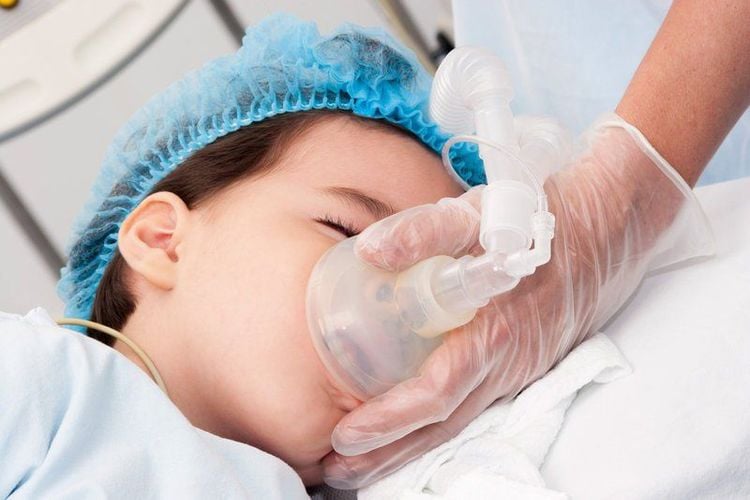
Một trong những biến chứng của phương pháp này là gây suy hô hấp
Therefore, after rigid tube bronchoscopy, the patient should be monitored for vital signs including: breathing rate, pulse, blood pressure, SpO2,... to be able to detect complications early and take measures. timely remedial measures. Continuous monitoring until the effect of the anesthetic wears off and the patient can swallow back to normal.
To summarize, rigid bronchoscopy is a method of examining the inside of the tracheobronchial tree with a metal endoscope. Indicated in cases of foreign body in the airway, coughing up blood, and not being able to perform flexible bronchoscopy,...
Please dial HOTLINE for more information or register for an appointment HERE. Download MyVinmec app to make appointments faster and to manage your bookings easily.




